You can expect a yard of topsoil to weigh about 1,400 to 2,000 pounds. A cubic yard contains 27 square feet, which is a lot of soil. The weight also depends on the soil’s moisture and the presence of rocks. If you buy sifted topsoil, it will weigh a lot less since there are no rocks or other debris in the bag.
Overall, a cubic yard of topsoil is extremely heavy.
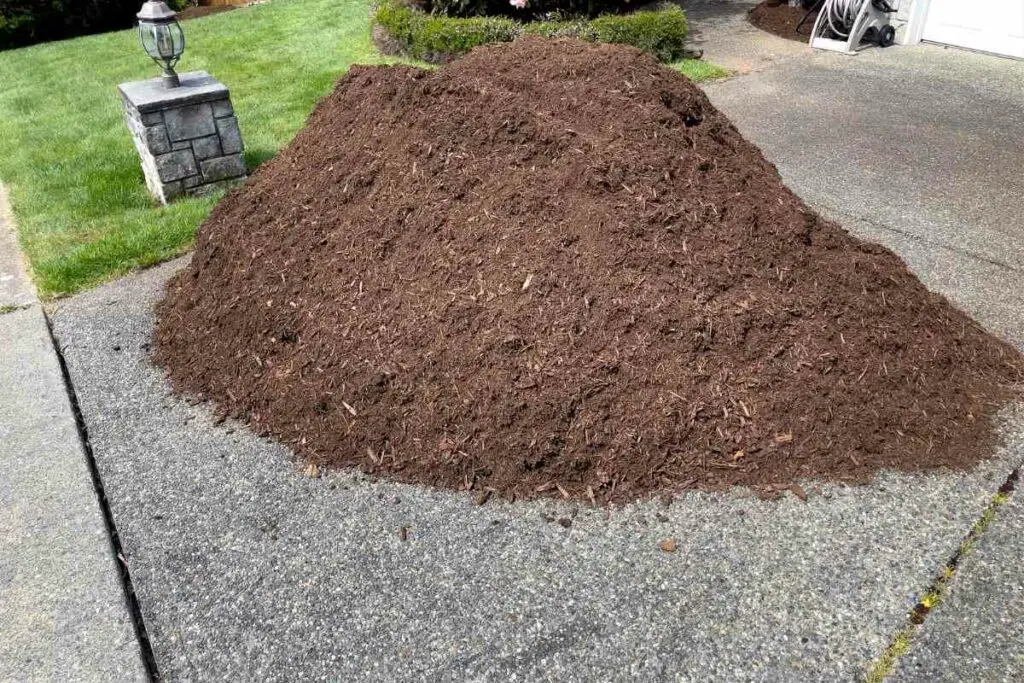
You’d likely need several 40-pound bags of topsoil to fill a hole of that size.
You’ll want to know how to calculate exactly how much topsoil you need.
Table of Contents
How Much Can a Yard of Topsoil Weigh?
On average, you can expect a cubic yard of topsoil to weigh between 1,400 and 2,000 pounds.
Its exact weight does depend on its composition.
Moist soil with lots of rocks inside it will weigh more than dry soil free of debris. However, both can fill an area of the same size.
A yard of topsoil will get you 324 square feet of coverage when you spread the soil out to be an inch thick.
If you use it to fill in a three inches deep garden, you can cover 100 square feet of ground with a cubic yard of topsoil.
Overall, a yard of topsoil is very heavy!
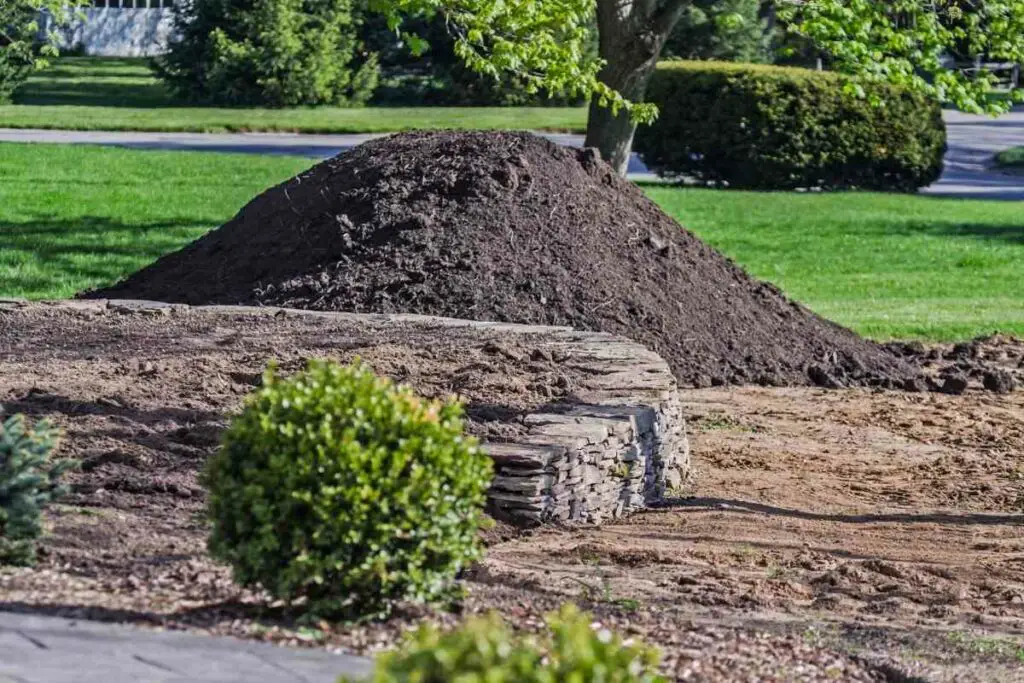
Many people don’t expect dirt to weigh much, but it does.
You’ll want to ensure that you have the proper means to transport the weight if you plan to buy that much topsoil.
What Causes Variations in Topsoil Weight?
Several factors can make your topsoil weigh slightly more or less than average.
You’ll want to consider these factors, so you can better understand how much your cubic yard of topsoil weighs.
Moisture Levels
First, the soil’s moisture can greatly impact how much it weighs.
If a cubic yard of fine dry topsoil weighs a little more than 1,000 pounds, it won’t weigh the same when it’s full of water.
Wet topsoil can make it weigh nearly twice as much! The soil can hold onto large amounts of water, making it very heavy.
Because of this, you’ll want to buy dry topsoil. It’ll be much easier for you to transport and disperse on your property.
Topsoil Composition
Topsoil can contain several materials, including:
- rocks
- wood
- and clay
If you buy sifted topsoil, it’ll weigh less because it doesn’t contain these other materials.
Some companies even offer “blended” topsoil, which comes with more nutrients for your garden but weighs more than plain soil.
Topsoil Texture
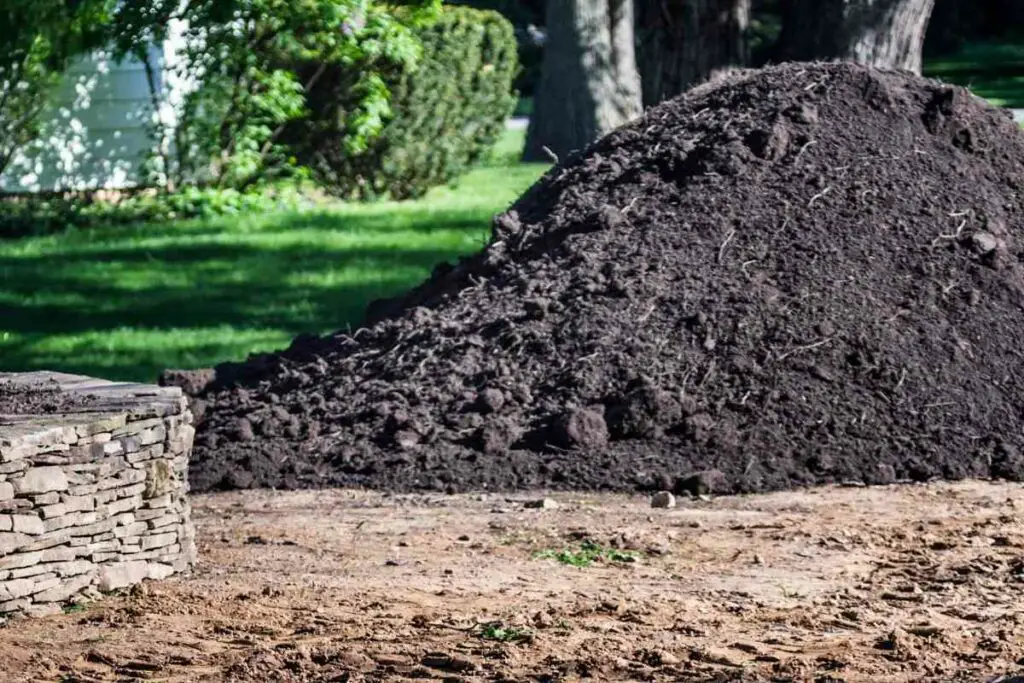
Finally, the texture of the topsoil does matter when it comes to determining its weight.
Loose and porous soil weighs less, while dense, sandy soil tends to weigh more.
However, softer soils can hold much more water than coarse soil.
Overall, there’s a lot to consider regarding topsoil weight. All these factors can change the weight by several hundred pounds.
You’ll want to be careful when choosing what you buy, especially if you’re worried about how heavy it will be.
How Do I Calculate How Much Topsoil I Need?
Calculating how much topsoil you need is fairly easy.
First, you’ll want to measure the area where you plan on putting the soil.
Make sure you include the depth of the space as well.
Say you want to fill a garden bed three by eight feet and half a foot deep.
Take this equation and plug your measurements into it:
- Length x Width x Depth = cubic feet
- 8 feet x 3 feet x .5 feet = 12 cubic feet
Since there are 27 cubic feet of topsoil in a cubic yard, you’d have more than enough soil to fill the space.
You might want to get half a yard’s worth of topsoil, which would still be a little more than enough to fill your garden.
Once you know how many feet of topsoil you need, you can convert the measurement to cubic yards.
In Short – You can calculate how much topsoil you need by multiplying the dimensions of the area you want to fill.
Consider What the Topsoil is For
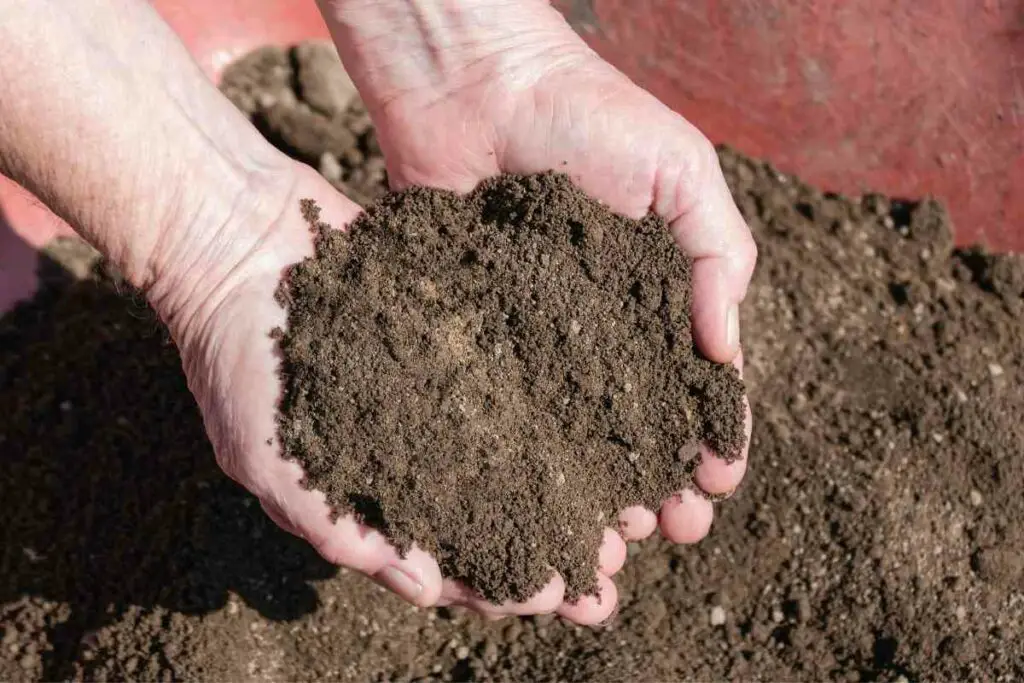
Topsoil has many different uses.
In some situations, you won’t need quite as much. You can use it to fill a raised garden bed, fill holes, or repair erosion on your property.
When planting grass or seedlings on your lawn, you want to use a thin layer of topsoil.
Doing so gives them protection so that they can sprout. You’ll want to measure the area you plan to cover with seeds to get just enough topsoil.
If you get too much, you’ll need to find places to store it safely. Store it somewhere the soil won’t get wet and place a tarp over the top of it.
How Do I Transport a Yard of Topsoil?
Transporting a yard of topsoil can be a hassle since there’s so much of it.
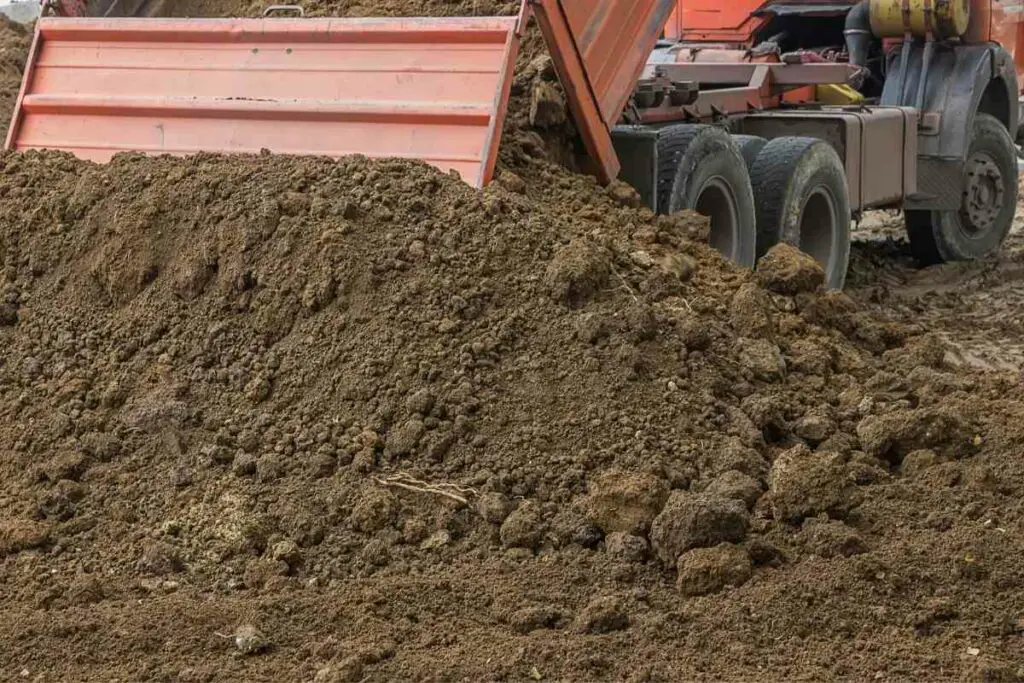
Most full-size pickup trucks can handle two cubic yards of soil, so a single yard wouldn’t be a problem for one.
However, you’ll want to ensure your truck can hold at least 1,400 pounds before loading the bed with all that topsoil.
A dump truck can hold a lot more than a standard truck.
For Instance – A small dump truck can even hold about five cubic yards, while the larger ones can hold 10! If you need to transport a large amount of topsoil, then using one of these trucks would be your best bet.
You can also transport the soil in bags if you don’t have as much to move.
Most companies sell topsoil in 40 pounds bags so you can take a few at a time in your car.
Many people find transporting the soil with their truck to be much more convenient since you can get all of it in one go.
Lastly, many gardeners use wheelbarrows to transport the soil on their property.
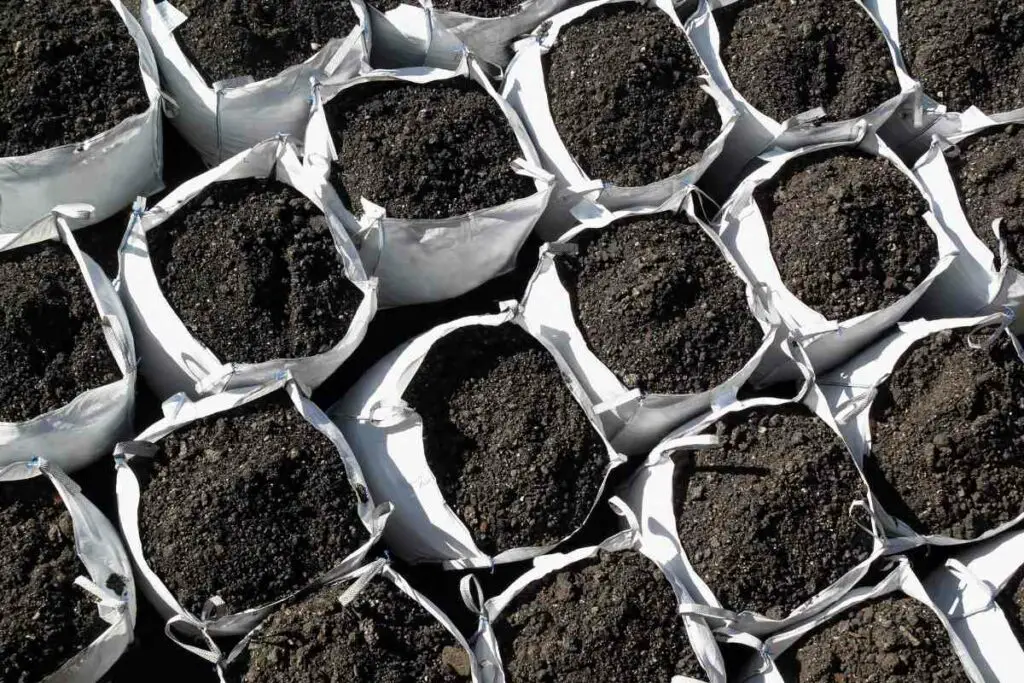
While you can use buckets, a wheelbarrow can hold a lot more and won’t feel as physically demanding on you.
Make sure you don’t carry too much at once to prevent injury.
Final Thoughts
You can expect a yard of topsoil to weigh about 1,400 t0 2,000 pounds. A cubic yard contains 27 square feet, which is a lot of soil.
Overall, a cubic yard of topsoil is extremely heavy. You’d likely need several 40-pound bags of topsoil to fill a hole of that size.
Useful to Know
- How to Dry Basil Leaves: A Professional Guide
- Is an Avocado a Fruit or Vegetable? Simple Answer and Explanation
- Does Pineapple Have Seeds? Exploring the Anatomy of Pineapples
- Blooming Through Winter: Can I Grow Vegetables Indoors in the Winter?
- What Can You Grow in a Greenhouse All Year Round: A Guide to Year-Round Greenhouse Gardening
- Are Blueberries Blue? Debunking the Myth of Their Color
















